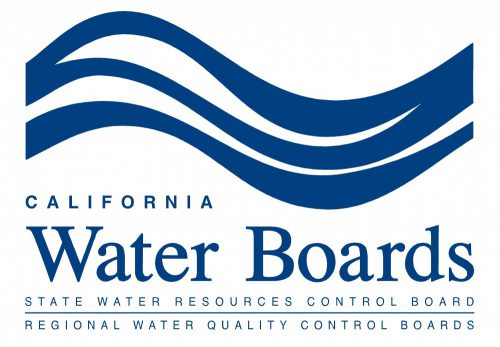So here we are again, California. We’re coming through another dry year and watching the sky, hopeful that Mother Nature will give us a reprieve. We’ve all had a bad year, but everyone needs to buckle up because some of the biggest consumer impacts are just now showing up. Farmers, many of whom received none […]
State Water Board Action Threatens Jobs, Food Supply
State Water Board Action Threatens Jobs, Food Supply In a stunning move that could wreak havoc on California farms, the broader California economy and our food supply in a time of national crisis, the California State Water Resources Board is trying to use regulatory maneuvers to cut this year’s water supply to California farms. In […]
2019 Biological Opinion Fact Sheet
In October of 2019, the U.S. Fish and Wildlife Service (FWS) and the National Marine Fisheries Service (NMFS) released new biological opinions (BiOps) analyzing the operation of the Federal Central Valley project (CVP) and the California State Water Project (SWP). Following the release of the BiOps, there were numerous inaccurate characterizations of the opinions. To […]
Clearing the Water on the Biological Opinions
Clearing the Water on the Biological Opinions There has been a lot of discussion recently about the federal rules known as biological opinions that are intended to protect threatened and endangered species in the San Francisco Bay-Delta region. According to the U.S. Fish and Wildlife Service, a biological opinion, “…is a document that states the […]
Bold Actions for People, Farms, and the Environment
Bold Actions for People, Farms, and the Environment The United States Bureau of Reclamation is commencing a process aimed at modernizing the operations of the federal Central Valley Project (CVP). For decades, the approaches to protecting the fish and wildlife dependent on the Bay-Delta watershed and estuary have been species-by-species and stressor-by stressor. Those approaches […]
Countdown: 1 Day to Drought
Countdown: 1 Day to Drought On Wednesday, the State Water Board will vote to remove enough water from the system to irrigate over 200,000 acres of farmland or meet the domestic needs of 2 million people every year. If approved, this action will lead to one of the most predictable droughts California has ever faced. […]
Countdown: 2 Days to Drought
Countdown: 2 Days to Drought On Wednesday, the State Water Board will vote to remove enough water from the system to irrigate over 200,000 acres of farmland or meet the annual domestic needs of 2 million people every year. If approved, this action will lead to one of the most preventable droughts California has faced. How […]
Countdown: 3 Days to Drought
Countdown: 3 Days to Drought On Wednesday, the State Water Board will vote to redirect enough water in the system to irrigate over 200,000 acres of farmland or meet the annual domestic needs of 2 million people every year. If approved, this action will lead to one of the most preventable droughts California has ever faced. […]
Countdown: 4 Days to Drought
Countdown: 4 Days to Drought On Wednesday, the State Water Board will vote to redirect enough water in the system to irrigate over 200,000 acres of farmland or meet the annual domestic needs of 2 million people every year. If approved, this action will lead to one of the most preventable droughts California has ever faced. Who […]
A Compromise Plan is Achievable if All Sides Come to the Table
A Compromise Plan is Achievable if All Sides Come to the Table There are a lot of discussions about what isn’t working for wildlife in California’s waterways? So what COULD work? Improving outcomes for fish species while protecting communities is possible when everyone comes together in good faith to find solutions. Local communities have made […]

